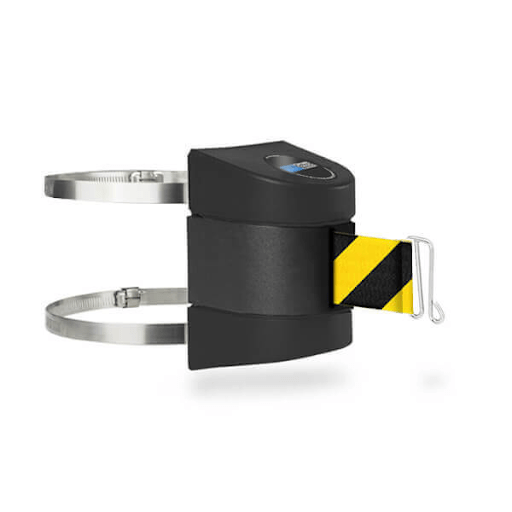Small molecule bioanalysis is essential for drug discovery, development, and therapeutic monitoring, requiring highly accurate and sensitive methods to measure small molecules in complex biological matrices. Over recent years, innovative techniques have emerged, transforming how small molecules are analyzed and enabling higher precision, efficiency, and scalability. This article explores some of these cutting-edge advancements and their impact on the field.
Significance of Small Molecule Bioanalysis
Small molecule bioanalysis focuses on identifying and quantifying drugs, metabolites, and biomarkers in biological samples. Its applications include:
- Pharmacokinetics and Pharmacodynamics Studies: Understanding how drugs behave in the body.
- Bioequivalence Testing: Ensuring generic drugs match branded counterparts in efficacy and safety.
- Therapeutic Drug Monitoring: Ensuring drugs remain within therapeutic ranges to avoid toxicity or inefficacy.
- Toxicology Studies: Identifying harmful drug effects or metabolites.
Innovative Techniques in Small Molecule Bioanalysis
1. High-Resolution Mass Spectrometry (HRMS)
HRMS has revolutionized bioanalysis by offering unparalleled sensitivity and accuracy.
- Applications: Detecting and quantifying trace amounts of drugs and metabolites.
- Advantages: High specificity, enabling the differentiation of closely related compounds.
- Future Potential: Integration with real-time data analysis for faster results.
2. Ultra-Performance Liquid Chromatography (UPLC)
UPLC improves upon traditional HPLC by using smaller particle sizes in its columns.
- Benefits: Faster run times, higher resolution, and better separation of analytes.
- Applications: High-throughput analysis in drug discovery and development.
3. Microfluidic Platforms
Microfluidic systems are compact, highly efficient devices for bioanalysis.
- Advantages: Require smaller sample volumes, reducing costs and material waste.
- Applications: Point-of-care testing and personalized medicine.
- Innovations: Integration with biosensors for real-time drug monitoring.
4. Solid-Phase Microextraction (SPME)
SPME is a sample preparation technique that simplifies the isolation of analytes.
- Advantages: Non-destructive sampling, compatibility with various analytical instruments.
- Applications: Ideal for plasma, urine, and tissue sample analysis.
5. Capillary Electrophoresis-Mass Spectrometry (CE-MS)
CE-MS combines the separation power of capillary electrophoresis with the detection capabilities of mass spectrometry.
- Benefits: High efficiency for separating charged small molecules.
- Applications: Metabolomics and pharmacokinetic studies.
6. Biosensor-Based Techniques
Biosensors offer a rapid and non-invasive approach to analyzing small molecules.
- Advantages: Real-time analysis, portable, and cost-effective.
- Applications: Monitoring drug levels at point-of-care settings.
7. Automation and Robotics
Automation has streamlined workflows in bioanalytical laboratories.
- Benefits: Reduced processing times, improved reproducibility, and minimal human error.
- Applications: Large-scale bioequivalence and pharmacokinetic studies.
8. Artificial Intelligence (AI) Integration
AI and machine learning are increasingly being applied to bioanalytical data analysis.
- Advantages: Rapid identification of patterns, enhanced precision in complex datasets.
- Applications: Predictive modeling for drug behavior and optimization of analytical methods.
9. Green Analytical Techniques
Sustainability is becoming a focus in bioanalysis.
- Innovations: Use of eco-friendly solvents and methods that reduce chemical waste.
- Applications: Compliant with regulatory emphasis on sustainable practices.
Challenges in Implementing Innovative Techniques
- Cost and Accessibility: High-end instruments and advanced techniques may not be feasible for all labs.
- Regulatory Compliance: Methods must meet stringent validation criteria before use in regulated environments.
- Matrix Interference: Complex biological samples can introduce challenges in analyte detection and quantification.
- Training Requirements: Advanced techniques require skilled personnel for effective implementation.
Future Trends in Small Molecule Bioanalysis
- Real-Time In Vivo Monitoring: Developing technologies for real-time tracking of small molecule concentrations in patients.
- Lab-on-a-Chip Devices: Portable devices for rapid and precise bioanalysis in clinical and remote settings.
- Integrated Omics Approaches: Combining bioanalysis with genomics, proteomics, and metabolomics for holistic insights.
- Cloud-Based Data Sharing: Facilitating collaboration and enhancing data accessibility in multi-site studies.
Conclusion
Innovative techniques in small molecule bioanalysis are reshaping the pharmaceutical and healthcare landscape. From advanced instrumentation like HRMS and UPLC to emerging solutions such as biosensors and AI-driven analytics, these innovations enhance the accuracy, speed, and scalability of bioanalytical processes. By overcoming current challenges and integrating sustainable and patient-centric approaches, these advancements promise to drive the future of drug development and therapeutic monitoring, improving outcomes for both researchers and patients.













